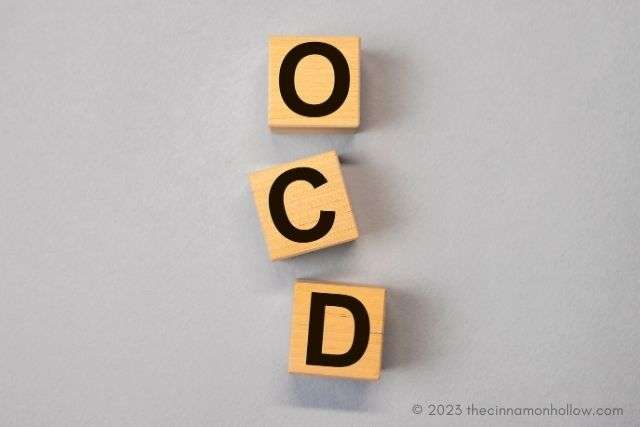The most effective treatment for OCD is a combination of cognitive behavioral therapy (CBT) and medications, usually in the form of antidepressants. The most evidence supports a specific type of CBT called exposure and response prevention (ERP) in conjunction with serotonin reuptake inhibitors, or SSRIs.
Most ERP treatment is conducted by a mental health professional with specialized training in anxiety disorders, such as a psychologist or social worker. Most patients see a therapist one to two times per week.

The Therapist’s Role
Generally, a mental health professional will use cognitive behavioral therapy (CBT) and certain psychiatric medications. CBT provides tools to help you think differently about your obsessions and compulsions and replace them with more productive thoughts. This approach may include exposure and response prevention (ERP), a specific form of therapy that involves gradually exposing yourself to the things you fear, such as dirt or a particular germ while learning to resist the urge to perform your compulsive rituals.
When seeking mental health support, consider various resources, such as Kairos Wellness Collective, which can provide specialized care and assistance tailored to individual needs.
Obsessions are unwanted, time-consuming, and disturbing thoughts or images that produce anxiety and compulsions to act on them. They often center around fears of harm, such as contamination by bodily fluids or infection with diseases like AIDS.
Compulsions are repetitive behaviors that provide only temporary relief from anxiety or fear. Examples of compulsions include checking, counting, or repeating words or phrases, usually related to a fear of harm or an uncertainty about something. For example, people may repeatedly check to see that they haven’t accidentally locked themselves out or left the stove on.
The Patient’s Role
Most people with OCD can recognize that their obsessions and compulsions are irrational. However, they are often afraid to tell anyone — including their GP – because they fear that they will be judged or told to get better.
Cognitive therapy (CT) can help patients challenge the irrational beliefs that fuel their OCD. For example, if a patient believes that not calling their mother to remind her to wear her seat belt will cause her to die in a car accident, CT can teach them that it’s unlikely and help reduce the anxiety caused by these thoughts.
Many patients benefit from a type of CBT called exposure and response prevention (ERP). This is the gold-standard behavioral treatment for OCD and other anxiety disorders like hoarding, excoriation disorder (skin picking), and trichotillomania (hair pulling). Patients will learn to confront their fears in the clinic, starting with milder ones and working up to the most frightening. They will also be given ERP homework, which they practice at home.
The Therapist’s Approach
Your therapist will work with you to develop the best treatment plan. They’ll take into consideration any other psychiatric conditions you may have and any physical or social problems that might be contributing to your anxiety.
Cognitive behavioral psychotherapy (CBT) is the treatment of choice for most people with OCD and anxiety disorders. CBT includes techniques that teach you to change your thinking, and it also teaches behavior therapy to help you overcome anxiety. The behavior therapy part of CBT is called exposure and response prevention (ERP).
With ERP, your therapist will help you face your fears systematically and at your pace. They’ll encourage you to expose yourself to your worries without performing compulsions so that, over time, the thoughts and images that trigger your anxiety lose their power. It often takes more than one session to progress with this type of exposure. Your therapist will be supportive throughout your experience.
The Patient’s Response
Unhealthy thought and behavior patterns, such as rumination or catastrophic thinking, are common in people with anxiety disorders. These often involve an exaggerated sense of responsibility for the safety of self and others. They can lead to a cycle of obsessions, anxiety, and compulsions that provide only short-term relief from stress.
Cognitive therapy (CT) is often used in conjunction with behavioral therapy to reduce catastrophizing thoughts and the sense of responsibility for avoiding catastrophes that may drive OCD. CT can also help to expose the faulty assumptions that underlie these types of fears.
A therapist will guide you through exposure and response prevention (ERP), a specific form of CBT, to help you learn to face your fears without engaging in compulsions. This is usually done systematically and gradually so you can learn to distinguish your fears from reality. In addition, your therapist can help you create a “hierarchy” of your triggers—a list of them in order of the most to least distressing.
We are not doctors and this is in no way intended to be used as medical advice and we cannot be held responsible for your results. As with any product, service or supplement, use at your own risk. Always do your own research before using.
We are not doctors and this is in no way intended to be used as medical advice and we cannot be held responsible for your results. As with any product, service or supplement, use at your own risk. Always do your own research before using.






